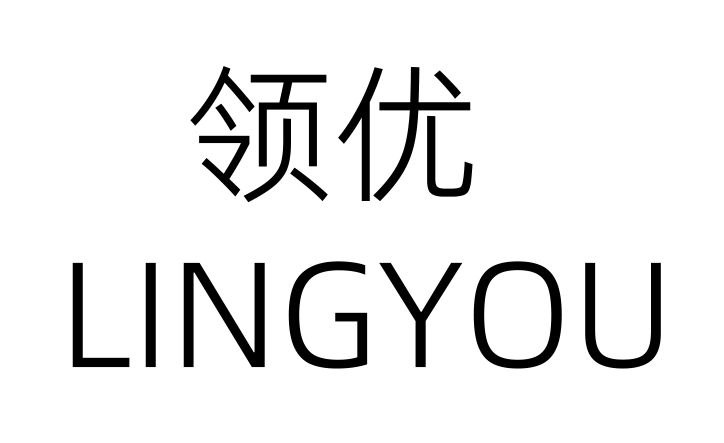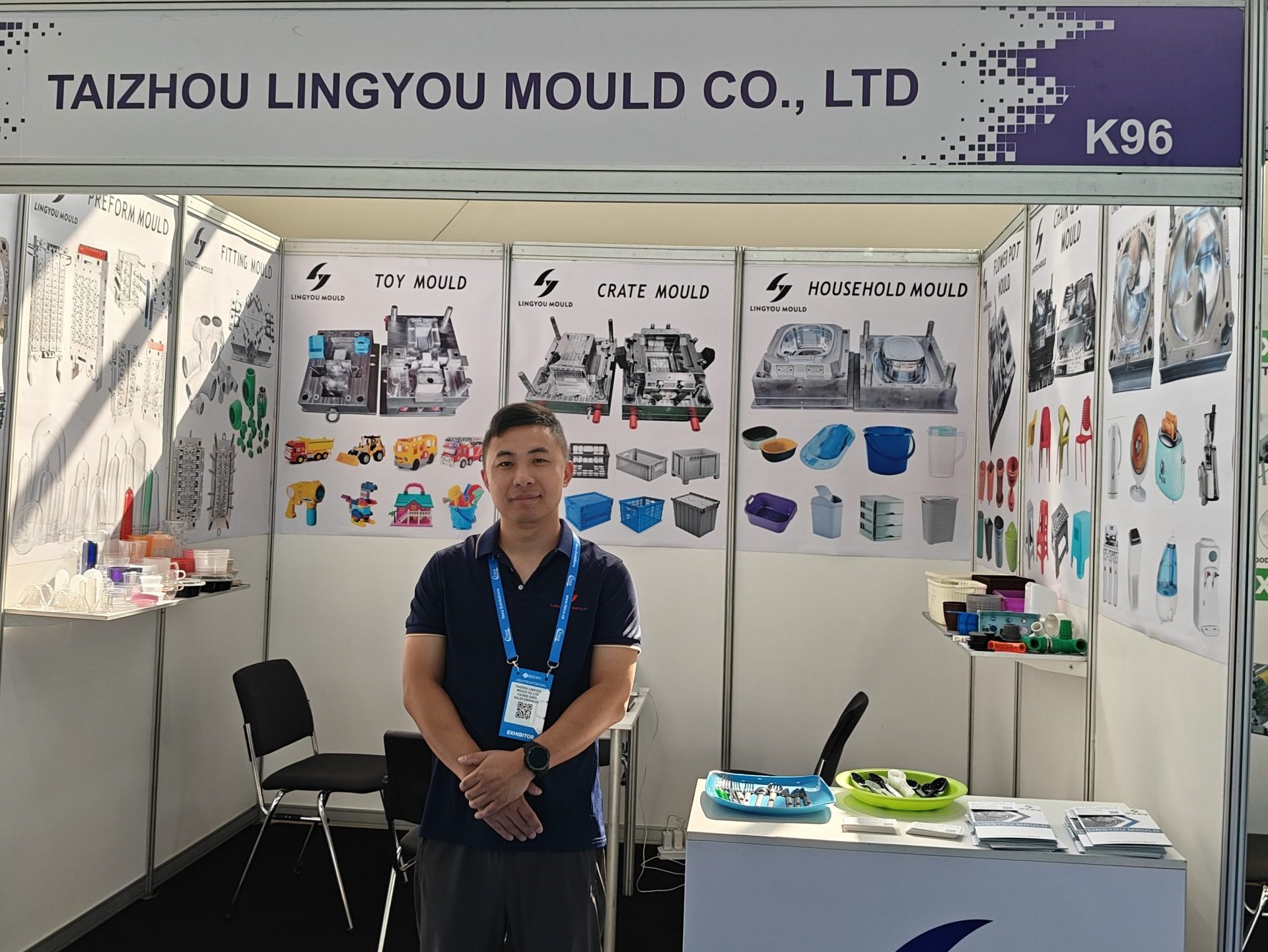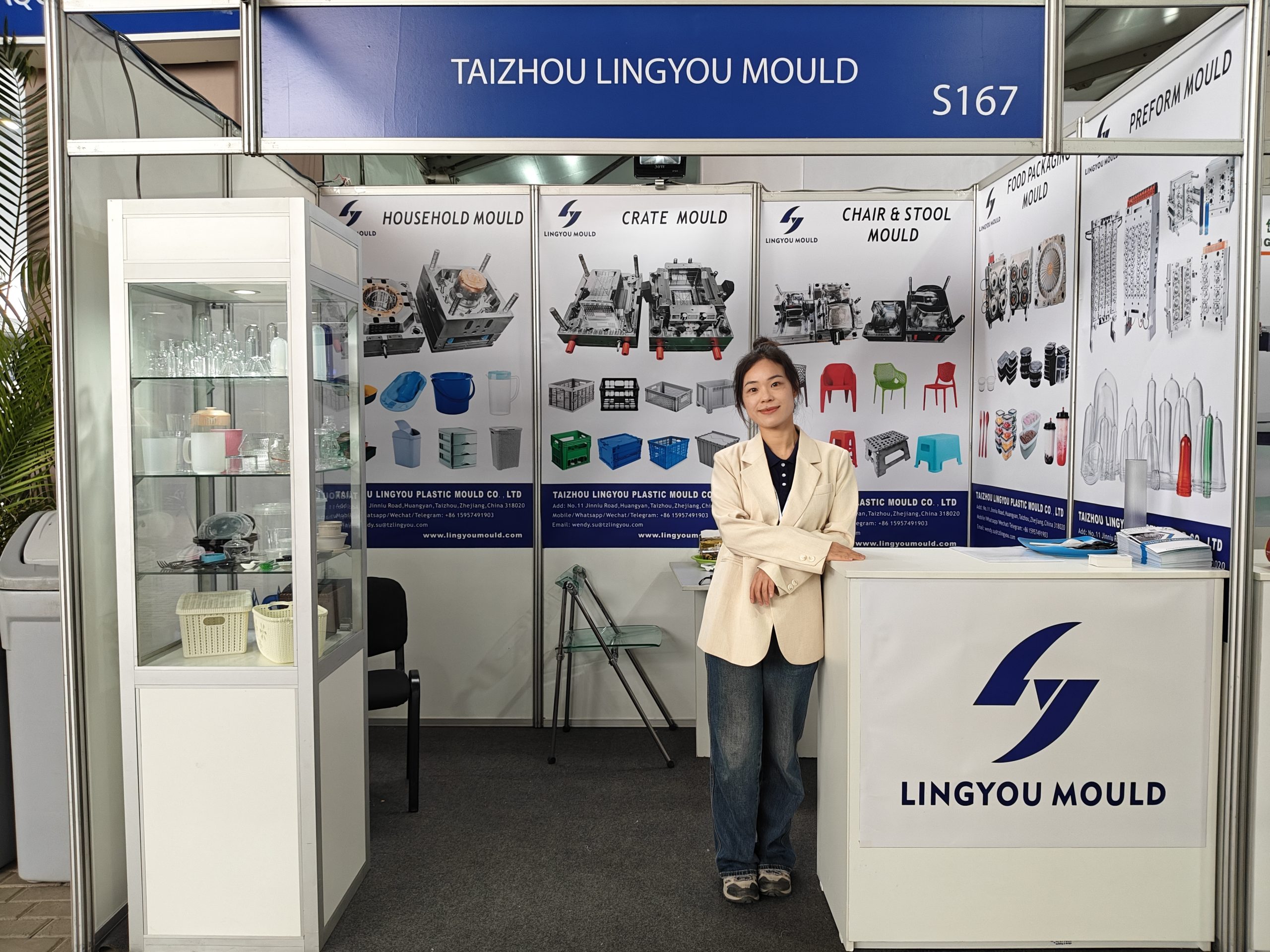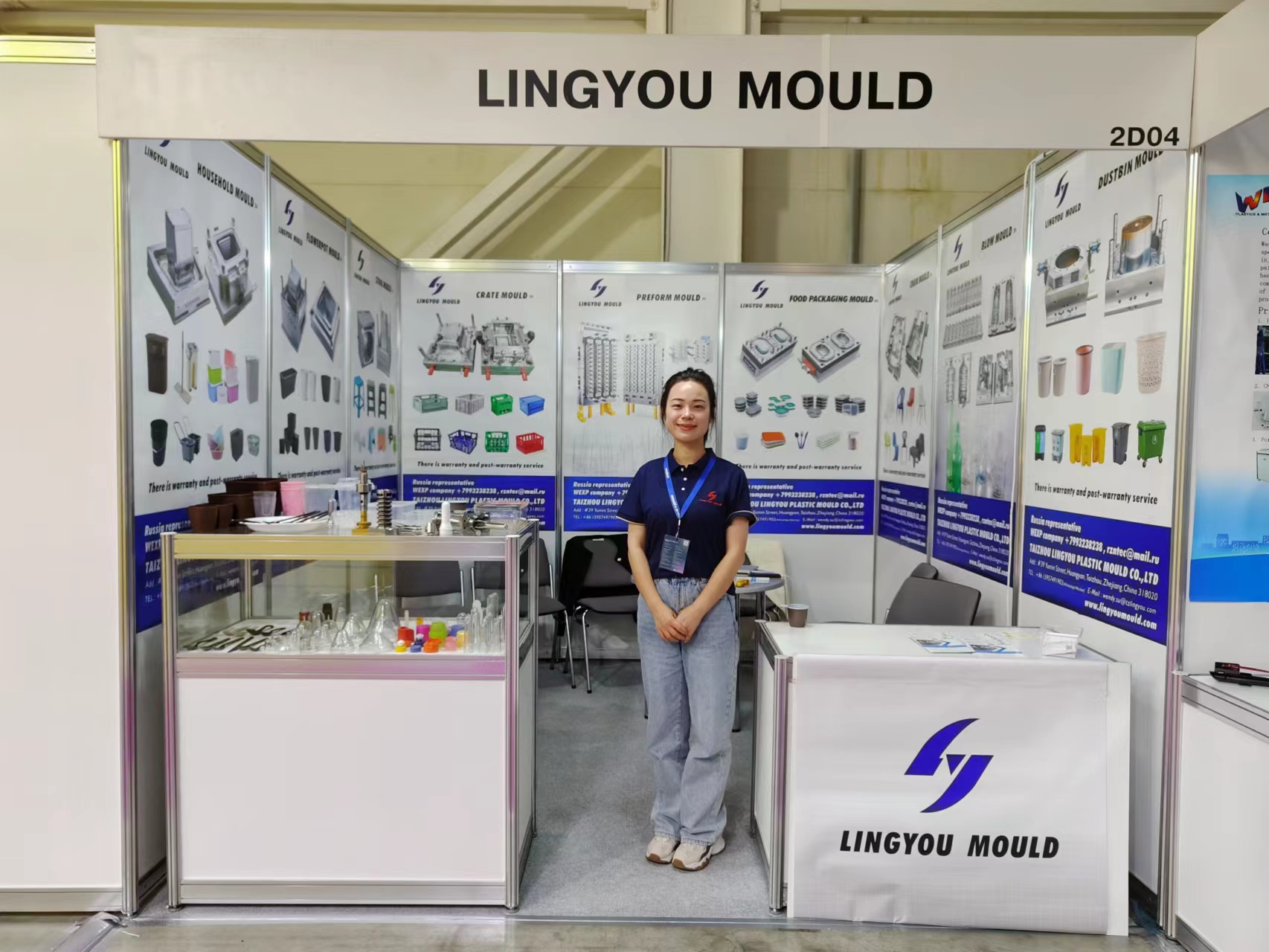Plastic injection moulding is one of the most popular manufacturing techniques in use worldwide, in large part because a high volume of identical parts can be rapidly created from a single mould without a loss in quality. Its main drawback is tied to the expense and time necessary to design and produce the steel mould used in production. While these costs are inconsequential over a long production run, they can be high for small runs, so adapted techniques for short production runs can make small volumes just as worthwhile.
What Is a Short Production Run for Injection Moulding?
Standard production runs for injection moulding normally run from hundreds of thousands into even millions of parts, so the time and cost of mould creation are minimal compared to the value they provide. Short runs tend to be 10,000 parts or fewer, even into the hundreds. Costs for these smaller runs are usually reduced by using less expensive materials for moulds, such as aluminum or a lower grade of steel. These moulds produce the same quality products but are usable for a shorter number of products.
Benefits of Short Production Runs
Shorter production runs offer a number of benefits over longer batches, including:
- Shorter lead times
- Enabling smaller-budget projects, opening the injection moulding process to a broader range of customers
- Allowing adjustments and modifications without the financial commitment of a large production run
- Make usable prototypes that may require less finishing than 3D printed parts
Reasons to Choose Short Production Run Injection Moulding
Companies large and small may all find occasion to choose small run injection moulding, including:
- Creating custom products or those for niche markets
- Producing enough to test the product and/or market before committing to a full run
- Times when 3D printing isn’t a suitable prototyping method




